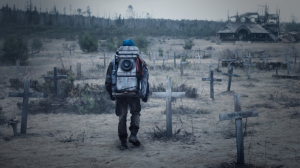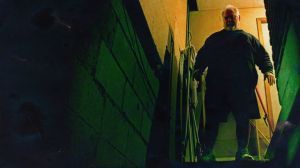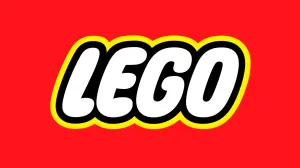I’ve been playing tabletop role-playing games for as long as I can remember. What appeals to me the most about TTRPGs is the sheer amount of freedom and creativity that comes with them. These games are essentially contracts between a dungeon master/game master and the players, a back-and-forth with both parties shaping the narrative. The freeform and improv nature of these games is something no video game could ever capture, not even Baldur’s Gate 3, though it comes close. For a long time, Dungeons and Dragons has been my go-to for TTRPGs, but that may be changing soon with an upcoming game.
Videos by ComicBook.com
Critical Role is a powerhouse in the Dungeons and Dragons community, having made its name streaming The Legend of Vox Machina as a tabletop game. While Critical Role’s first campaign started in Pathfinder, it quickly transitioned to Dungeons and Dragons for its stream. Since then, Critical Role has had two more campaigns using Dungeons and Dragons but is now developing its own TTRPG, the highly anticipated Daggerheart.
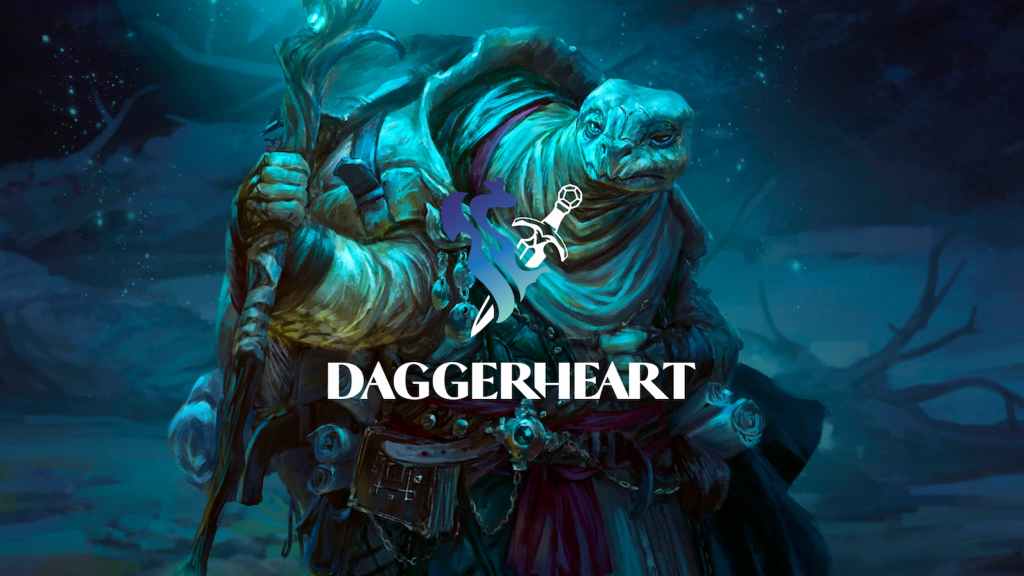
RELATED: Daggerheart Debuts New Adventure
For almost a decade, I’ve been locked in the dungeon master role for my group with my players occasionally running campaigns of their own to let me play one of the many characters I’ve created. But these have been shorter stints, unlike my year-long campaign. Sometimes it feels like I’m stuck as a forever DM (not that I mind this status).
I love creating and expanding on worlds, coming up with interesting lore and storylines for my players to follow (until they derail my plans). In fact, many NPCs I create for my world start off as player character ideas and I just incorporate them into my campaign. But sometimes I long for the freedom of just being a player and enjoying a good session not behind the screen.
This is where Critical Role’s upcoming TTRPG comes in. Daggerheart will feel similar to D&D fans, but CR has strived to create a unique identity while making it familiar. This is done through its setting, world-building, and mechanics. While Daggerheart has the same structure of a game master and party, one feature in the game adds a big difference to this dynamic.
The core system of Daggerheart is narrative-first and focuses on this with its Duality Dice. It uses a two-dice system, represented by a Hope d12 and Fear d12. Players roll both dice and add their modifiers to try and beat the difficulty class, or DC. Rolling above the DC results in success, while rolling below results in failure. However, both successes and failures vary depending on whether Hope or Fear rolls higher.
This results in an interesting system where failures can still lead to good results, and likewise, successes can lead to bad results. Here is a quick and simplified breakdown of the Duality Dice results.
- Success with Hope: Yes + And
- Success with Fear: Yes + But
- Failure with Hope: No + But
- Failure with Fear: No + And
This means if you fail but roll high with Hope, you don’t complete the task but still have a silver lining. Succeeding with Hope is the best outcome excluding critical success. Players also get Hope resources which they can speed on spells and abilities. But Fear works in the opposite, and is how game and dungeon masters can in on the action like players.
Succeeding with Fear means you accomplish your task, but there is a negative side effect. Perhaps you attempt to pickpocket a guard and rolling high with Fear means you succeed in stealing, but you may get caught in the act and have to run. Additionally, each time a player rolls high with Fear, regardless of whether they succeed or fail the check, the GM/DM gets a Fear resource.
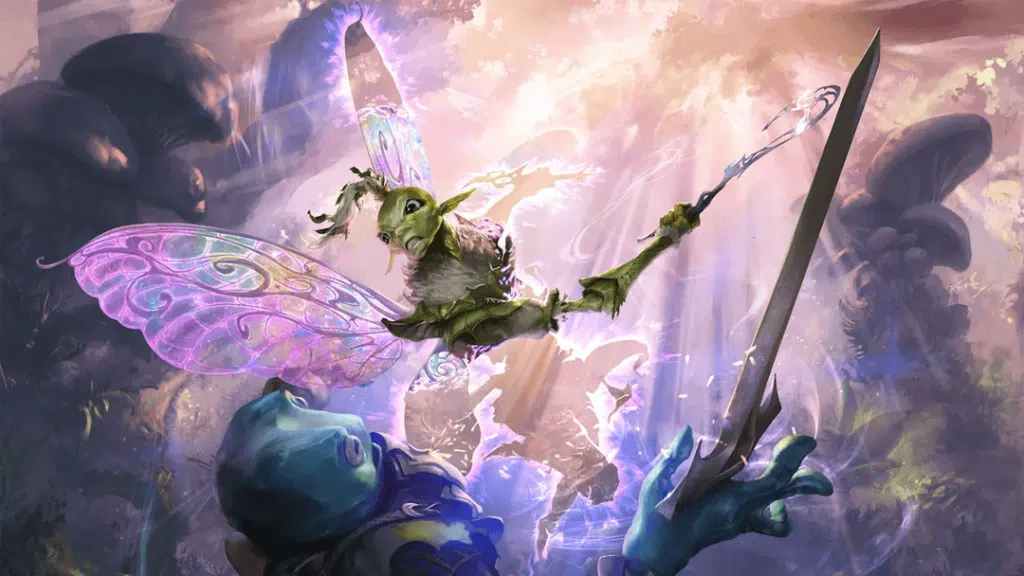
RELATED: Mighty Nein Animated Series, Based on Critical Role, Gets Big Update
Fear allows the GM to interact with the party, almost like a player does. The GM can spend Fear resources to raise the stakes and take action during play. These actions include using powerful enemy abilities, creating dangerous situations to complicate the narrative, or summoning multiple enemies in battle to swarm player characters.
Daggerheart’s Fear will give me more freedom and opportunities to interact with my players and I can’t wait. I love the idea of varying degrees of success and failure and action consequences through the Duality Dice system. Fear and Hope acts as a reminder that each roll has an impact on the current action, and those going forward.
For the GM, Fear can stack up and each die adding to the pile becomes a bigger stress for the players. They never know when the GM can use their Fear resources to active a battle or complicate the party’s goal. Just seeing the mounting pile of Fear growing is enough to unsettle and keep the party on their toes.
With Daggerheart, I can step out from behind the screen and interact with my players like I never could in Dungeons and Dragons. I don’t even have to interact: just collecting Fear will keep my players on their toes, always on the lookout for when I could use them and warp how they make decisions.
To say I am excited for Daggerheart is an understatement. Critical Role’s TTRPG is not yet available, due to ship out in Spring 2025, but is available for pre-order. But many fans were able to try Daggerheart during its open beta, and Critical Role has taken the feedback from the playtest to further improve the game.


